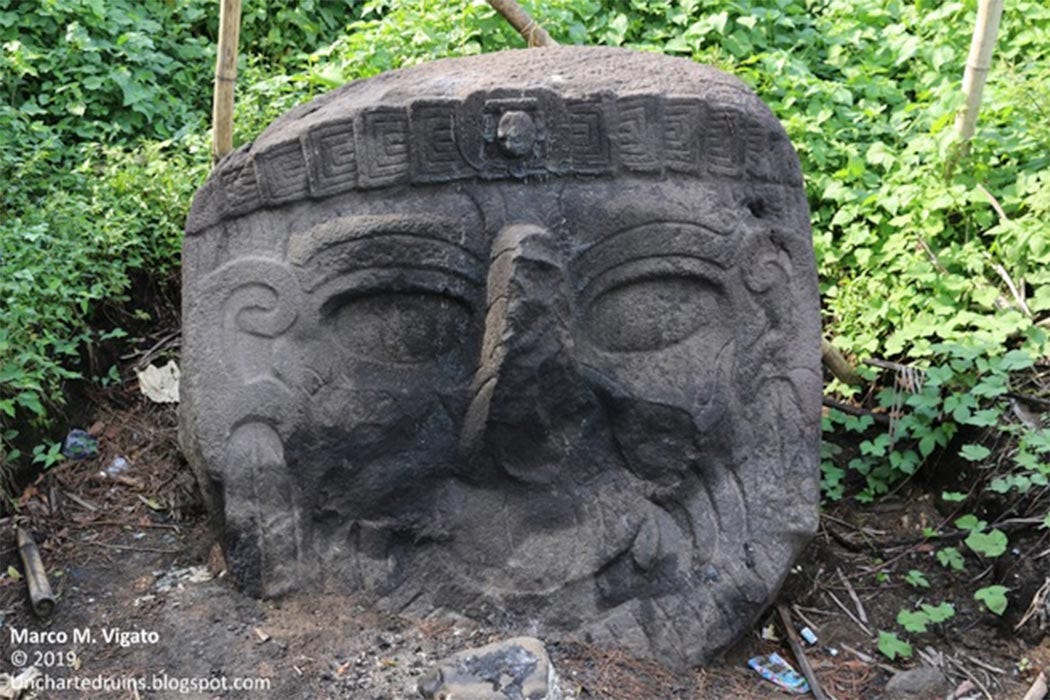Thousands of years ago, an unknown culture carved and raised hundreds of stone stelas and sculptures on the Pacific coast of southern Guatemala. Together, they provide some of the strongest evidence of Pre-Columbian transoceanic contact anywhere in the American continent. The mysterious culture that created these sculptures is known as Cotzumalguapa, named after the village where the first artifacts were found in the mid-19th century. Three sites formed the heartland of the Cotzumalguapa culture, known by their modern names of El Baúl, Bilbao and El Castillo, each only a few kilometers apart and connected by raised stone causeways of which only faint traces remain.

Contemporary 1000 BC Maya and Olmec
The first mention of the Cotzumalguapa sculptures in the archaeological literature dates back to 1863. It was however only in 1877 that a German expedition uncovered over 31 monuments and stelas, all of which but one were shipped to Berlin. Hundreds more would be uncovered in the following years as the area was cleared of its thick jungle cover to make room for coffee and sugarcane plantations. Unfortunately, agricultural development was also responsible for the near complete destruction of all the monumental architecture at the site, which must have been extensive. The stelas were dispersed across several museums and private collections, with only the largest sculptures remaining in situ, exposed to all kinds of looting and vandalism.
Keep reading with a 7-day free trial
Subscribe to Ancient Origins UNLEASHED to keep reading this post and get 7 days of free access to the full post archives.



